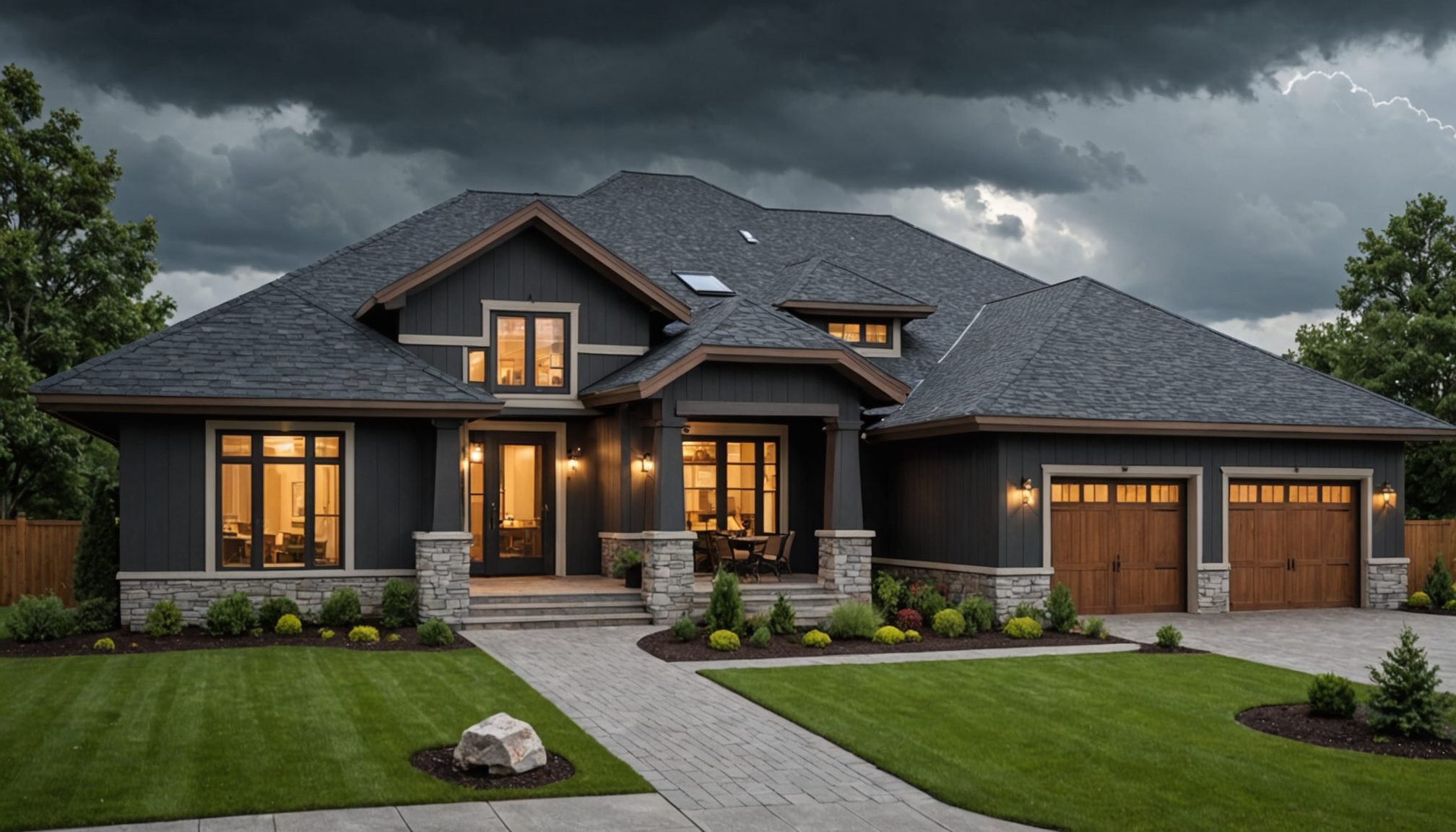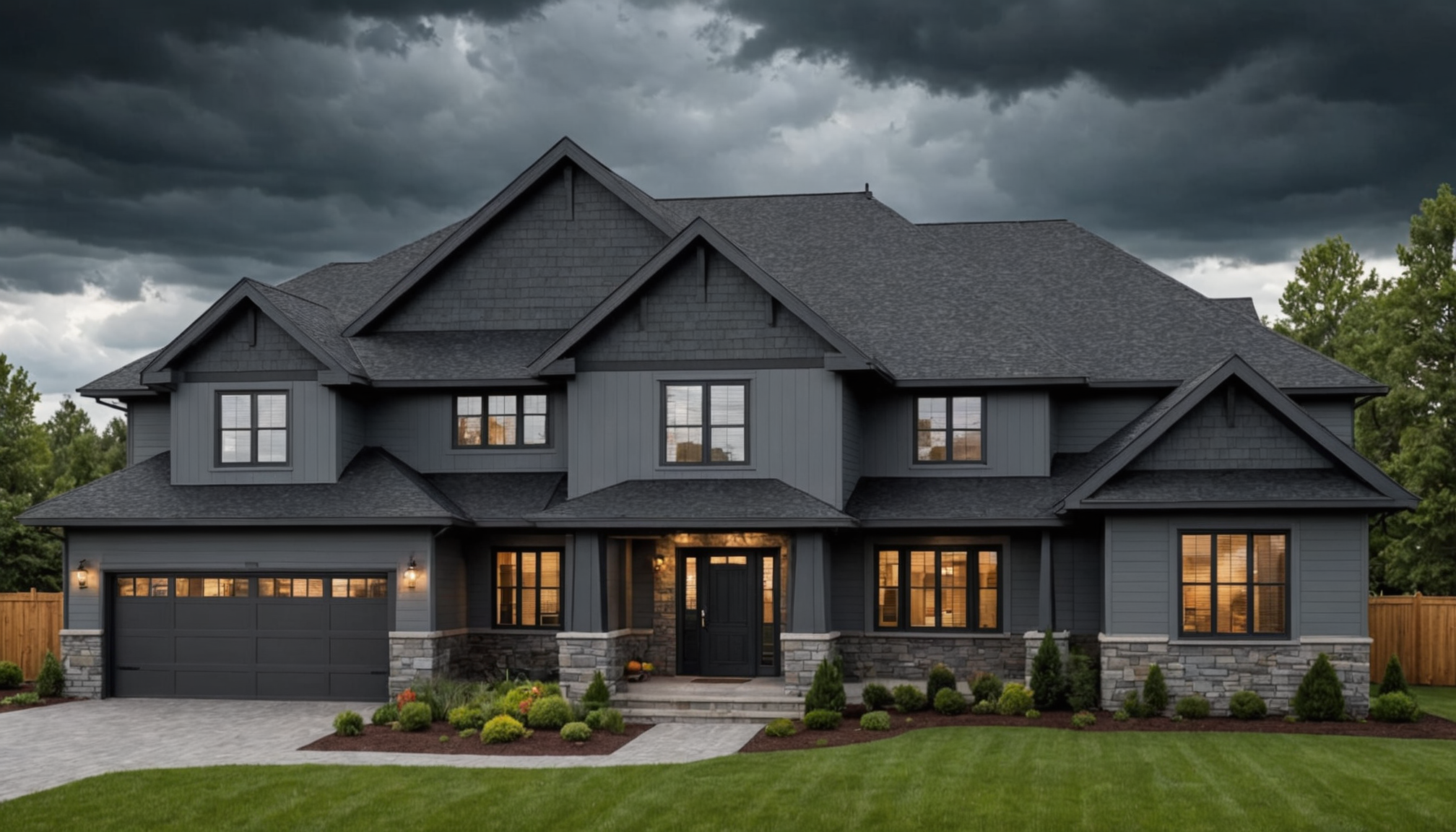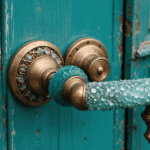Recent data from the National Weather Service shows that extreme weather events have increased by 37% over the past decade, making weatherproofing essential for modern homeowners. According to the Federal Emergency Management Agency (FEMA), every dollar spent on home protection against severe weather can save up to $4 in potential damage costs.
Start with a comprehensive roof inspection, as studies by the Insurance Institute for Business & Home Safety (IBHS) indicate that 95% of roof damage occurs due to inadequate maintenance and outdated materials. Install impact-resistant shingles rated Class 4 by Underwriters Laboratories, which can withstand hailstones up to two inches in diameter. Professional contractors recommend replacing any damaged flashing and ensuring all roof penetrations are properly sealed.
Windows require special attention in your weatherproofing strategy. Install double-paned windows with a low-E coating, which can reduce energy loss by up to 50% while providing better protection against severe weather. For coastal areas or regions prone to hurricanes, impact-resistant windows or storm shutters are crucial investments in home safety.
- Seal all exterior gaps and cracks with weather-resistant caulk
- Install door sweeps and weather stripping around all exterior doors
- Upgrade to a Class 5 exterior door with reinforced frames
- Add basement waterproofing systems and foundation crack repairs
Proper insulation plays a critical role in both energy efficiency and weather protection. The Department of Energy recommends R-49 insulation in attics for most climate zones, while walls should maintain R-13 to R-21 depending on your location. Professional energy auditors suggest focusing on areas where different building materials meet, as these junction points are often vulnerable to weather damage.
Consider installing a whole-house surge protector, which the National Electrical Manufacturers Association rates as 99.9% effective in preventing power surge damage. This protection is particularly important as climate experts predict a 30% increase in lightning strikes by 2025. Additionally, upgrade your sump pump system with a battery backup, as flooding events have increased by 25% in the past five years according to NOAA data.
Basement and crawl space weatherproofing deserves particular attention. Install proper drainage systems, including French drains and upgraded gutters with leaf guards. The National Association of Home Builders recommends extending downspouts at least six feet from your foundation and grading the soil around your home to slope away at a minimum of six inches over ten feet.
Creating an emergency supply kit
A well-stocked emergency supply kit is fundamental to home protection during extreme weather events. FEMA’s latest guidelines recommend storing enough supplies to sustain your household for at least seven days, a significant increase from the previous three-day recommendation due to increasingly severe weather patterns.
Start by designating a easily accessible storage area that’s protected from potential flooding. Store non-perishable food items in airtight containers, ensuring a variety of nutritious options that require minimal preparation. Include at least one gallon of water per person per day, accounting for both drinking and sanitation needs. The American Red Cross suggests rotating stored water every six months to maintain freshness.
Essential medical supplies should include prescription medications, first-aid materials, and backup medical devices with extra batteries. Create copies of important medical documents and store them in waterproof containers. For households with pets, include pet food, medications, and supplies in your emergency kit.
Communication tools are crucial during weather emergencies. Stock your kit with battery-operated or hand-crank radios, multiple flashlights, and portable phone chargers. Recent studies show that 68% of weather-related emergencies result in power outages lasting more than 24 hours, making backup power sources essential.
Personal hygiene items, sanitation supplies, and comfort items should not be overlooked. Include items like hand sanitizer, toilet paper, feminine supplies, and basic toiletries. For families with young children, pack activities, games, and comfort items to help maintain emotional well-being during stressful situations.
- Update emergency contact information and keep a printed copy in your kit
- Store at least $200 in small bills and coins for emergency purchases
- Include spare keys, copies of important documents, and emergency blankets
- Maintain a separate “go-bag” with essential supplies for quick evacuation
Smart home technology for weather monitoring
Many homeowners make critical mistakes when implementing smart technology for weather monitoring and home protection. One common error is relying solely on smartphone weather apps, which often provide generalized data rather than location-specific information. Instead, invest in a professional-grade weather station that includes multiple sensors for temperature, humidity, wind speed, and precipitation. According to the National Weather Service, personal weather stations can provide up to 300% more accurate local readings than general forecasts.
Battery backup systems are frequently overlooked, leaving smart monitoring systems vulnerable during power outages. Install uninterruptible power supplies (UPS) for critical weather monitoring equipment, ensuring at least 24 hours of continuous operation. Research shows that 45% of smart home weather systems fail during severe weather events due to power loss.
Integration is another crucial aspect often mishandled. Many homeowners purchase various smart devices that don’t communicate with each other, reducing their effectiveness for safety monitoring. Create a unified system that connects your weather station with smart thermostats, flood sensors, and automated shutoff valves. Modern systems can automatically adjust your home’s settings based on weather conditions, potentially reducing weather-related damage by up to 60%.
- Position outdoor sensors correctly, away from heat sources and obstacles
- Configure alert thresholds appropriate for your region’s typical weather patterns
- Regularly update firmware and software for all smart weather devices
- Maintain redundant internet connections for critical weather monitoring
Smart carbon monoxide and smoke detectors should be integrated with your weather monitoring system, as severe weather events can increase the risk of these hazards. The Consumer Product Safety Commission reports that 30% of carbon monoxide incidents occur during extreme weather conditions. Additionally, install smart water leak detectors in basement areas, near water heaters, and under sinks, as they can detect potential flooding before significant damage occurs.
Proper placement of cameras and sensors is essential for effective weatherproofing. Many homeowners position outdoor cameras where they can’t withstand severe weather or fail to protect them adequately. Use weatherproof cameras rated for your climate zone, and ensure they’re mounted securely with proper cable protection. According to industry experts, properly installed outdoor monitoring systems can last up to 300% longer than poorly mounted ones.
Outdoor space and landscaping protection
Regular maintenance and strategic landscaping play vital roles in home protection against extreme weather events. Start by inspecting trees within 100 feet of your property, removing dead branches and trimming those that could potentially damage your home during storms. Arborists recommend maintaining at least a 10-foot clearance between tree limbs and your roof.
Create proper drainage pathways throughout your yard to prevent water accumulation near the foundation. Install French drains or dry creek beds that direct water away from the house, and ensure all drainage slopes maintain a grade of at least 1 inch per foot. Recent studies show that proper yard drainage can reduce foundation damage risks by up to 70%.
Strategic plant selection significantly impacts your property’s weather resilience. Choose native species that are naturally adapted to your local climate conditions. Deep-rooted plants help prevent soil erosion, while wind-resistant trees and shrubs can create natural windbreaks. Consider installing rain gardens with water-loving plants in areas prone to collecting runoff.
Hardscaping elements require special attention for weatherproofing:
- Secure loose patio furniture, decorations, and planters with ground anchors
- Install permeable pavers to improve drainage and reduce flooding risks
- Reinforce retaining walls with proper drainage systems and structural support
- Create wind barriers using strategic fence placement and design
Your outdoor lighting system should incorporate safety features for severe weather conditions. Install solar-powered or battery-backed LED lights along pathways and near emergency exits. Ensure all outdoor electrical components are properly grounded and protected with weatherproof covers.
For decks and patios, conduct regular structural inspections and maintain proper waterproofing. Apply weather-resistant sealants every two years, and check for loose boards or compromised supports. Install proper flashing where these structures connect to your home, as these junction points are particularly vulnerable to water damage.
Container gardens and raised beds should be positioned to avoid becoming projectiles during high winds. Use heavy-duty anchoring systems for larger planters, and consider installing permanent irrigation systems that can be easily drained before freezing weather. By implementing these protective measures, you can create an outdoor space that’s both beautiful and resilient against nature’s challenges.
Insurance and documentation preparation
- How much insurance coverage do I really need for extreme weather protection?
- Your coverage should account for full replacement cost of your home plus additional living expenses. Industry experts recommend coverage that’s at least 20% above your home’s current market value to account for potential construction cost increases and code upgrades after a disaster.
- What documents should I digitize for my emergency preparedness file?
- Essential documents include insurance policies, property deeds, identification papers, and recent home improvement records. Store digital copies in a secure cloud service and keep physical copies in a waterproof, fireproof safe or safety deposit box.
- Should I take photos of my belongings for insurance purposes?
- Yes, comprehensive photo or video documentation of your belongings is crucial for insurance claims. Update your home inventory annually and maintain detailed records of high-value items, including serial numbers and purchase receipts.
- What’s the best way to keep insurance documents safe during extreme weather?
- Create a three-tier storage system: digital copies in the cloud, physical copies in a waterproof safe at home, and additional copies in an off-site location. Update all documents annually and after major home improvements or purchases.
- How often should I review and update my insurance coverage?
- Review your insurance policies at least annually and after any major home improvements or purchases. Consider scheduling a professional assessment every three years to ensure your coverage aligns with current replacement costs and local building codes.











